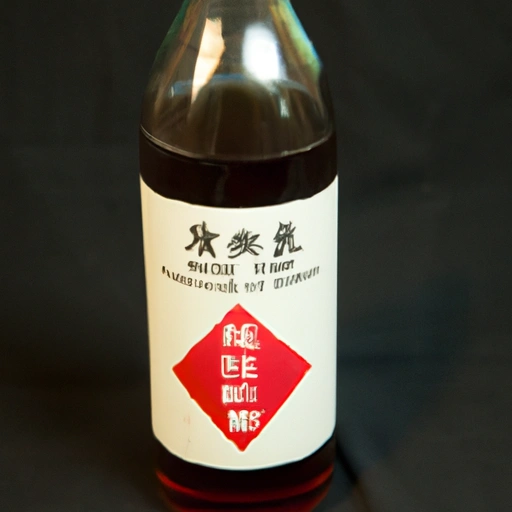Red Rice Vinegar
Description

Red rice vinegar, also known as akasu or red koji vinegar, is a type of vinegar made from fermented red yeast rice and other grains such as sorghum or barley. This unique vinegar is celebrated for its distinct reddish color and a milder, sweeter taste compared to white or black rice vinegars. Often used in Asian gastronomy, particularly in Chinese, Japanese, and Korean cuisines, it adds a touch of acidity and depth to many dishes. The use of red rice vinegar spans from salad dressings to dipping sauces, contributing not only flavor but also potential health benefits to recipes.
Common uses
Red rice vinegar is commonly used as a condiment, in marinades, salad dressings, pickling liquids, and as a seasoning for various dishes. It pairs exceptionally well with seafood and can be drizzled over dumplings or added to soups for an extra tang. This versatile ingredient is also a key component in many sauces, lending its subtle sweetness and acidity to balance out flavors.
Nutritional value
Calories
Red rice vinegar is low in calories, with approximately 3 to 5 calories per tablespoon (15 ml).
Protein
It contains minimal protein, typically less than 1 gram per 100 grams.
Fat
Red rice vinegar contains no fat, making it a heart-healthy addition to recipes.
Carbohydrates
Carbohydrates in red rice vinegar are negligible, with around 0.1 grams per tablespoon (15 ml).
Vitamins
While not a significant source of vitamins, red rice vinegar may contain trace amounts of B-vitamins due to the fermentation process.
Minerals
Red rice vinegar may contain small amounts of minerals such as potassium and magnesium.
Health benefits
Red rice vinegar is believed to offer several health benefits, including aiding digestion, promoting weight loss, and having potential antioxidant properties. The presence of certain amino acids and organic acids may contribute to these benefits, though more research is needed to substantiate these claims.
Potential risks
As with any food product, moderation is key. Excessive consumption of vinegar may lead to digestive discomfort or erode tooth enamel due to its acidity. Individuals with gastric sensitivities should use red rice vinegar cautiously.
Common recipes
Red rice vinegar is featured in recipes such as sweet and sour sauce, sushi rice seasoning, and as a component in Zhenjiang vinegar, which is essential in many Chinese dishes.
Cooking methods
This vinegar can be used in both cold applications, like dressings, and hot applications, such as braises and stews.
Pairing with other ingredients
It pairs well with soy sauce, ginger, garlic, and sesame oil. Red rice vinegar complements the flavors of pork, duck, and seafood dishes particularly well.
Summary
Red rice vinegar is a flavorful and versatile ingredient with a storied history in Asian cuisine. Its unique color and taste make it a favorite in a variety of dishes, providing both culinary delight and potential health benefits. Whether used in small dashes or as a main seasoning, this vinegar can elevate the flavor profile of many dishes, making it a pantry essential for those who enjoy Asian cooking.